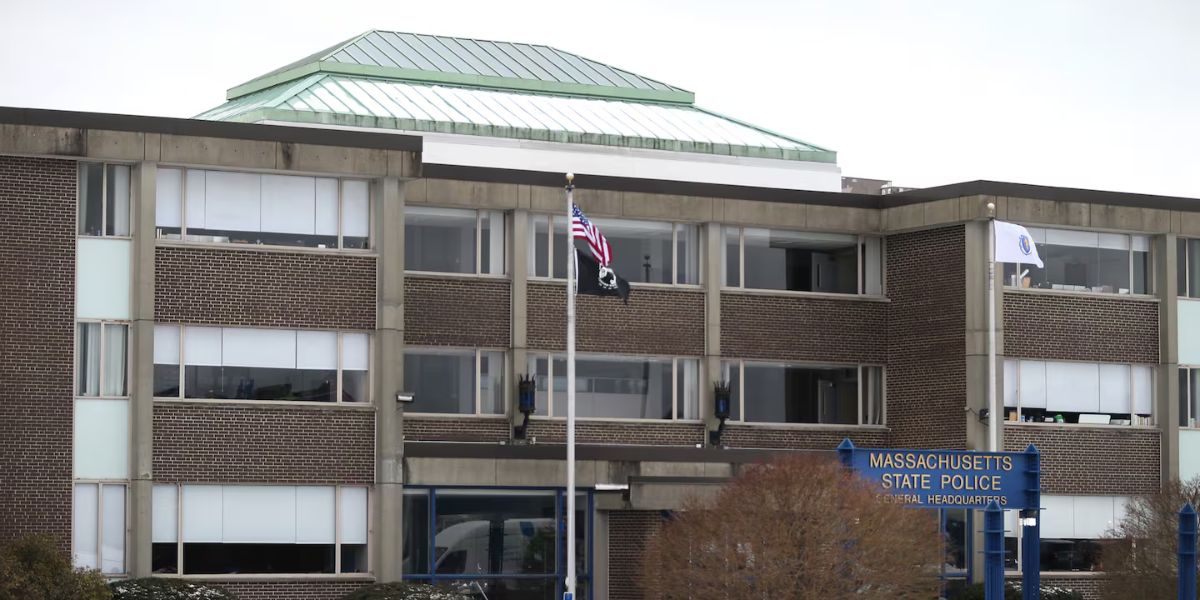The Social Security Administration (SSA) has processed 2.5 million retroactive payments, marking a significant step in implementing the Social Security Fairness Act.
This legislation, enacted in January 2025, aims to rectify past benefit reductions affecting public sector retirees.
Understanding the Social Security Fairness Act
Signed into law in January 2025, the Social Security Fairness Act repealed two provisions: the Windfall Elimination Provision (WEP) and the Government Pension Offset (GPO).
These provisions had previously reduced Social Security benefits for individuals receiving pensions from non-Social Security-covered employment, such as teachers, firefighters, and police officers. The repeal allows approximately 3.2 million affected individuals to receive increased benefits, including retroactive payments dating back to January 2024.
Progress on Retroactive Payments
As of May 2025, the SSA has processed 2.5 million retroactive payments, accounting for about 91% of eligible cases. These payments, averaging $6,710 per recipient, compensate for benefits withheld due to the now-repealed provisions.
The SSA began issuing these payments in February 2025, with most recipients receiving funds by March. Monthly benefit increases reflecting the new calculations commenced in April 2025.
Remaining Cases and Processing Timeline

Approximately 300,000 cases remain pending, primarily due to complexities requiring manual review. The SSA aims to complete processing these cases by November 2025.
Beneficiaries awaiting payments are advised to verify their contact and banking information to prevent delays.
Impact on Public Sector Retirees
The repeal of WEP and GPO provisions significantly benefits public sector retirees. For instance, individuals previously affected by WEP may see an average monthly increase of $360, while those impacted by GPO could receive an additional $700 to $1,190 per month, depending on their specific circumstances. These adjustments aim to provide equitable benefits to those who dedicated their careers to public service
Operational Challenges and Staffing Changes
The SSA faces operational challenges due to increased workloads and staffing reductions. The agency plans to cut approximately 7,000 jobs, focusing on non-essential roles, to streamline operations.
Additionally, the SSA is implementing stronger identity verification procedures to enhance security and expedite service delivery.
Conclusion
The processing of 2.5 million retroactive payments marks a significant milestone in correcting past disparities in Social Security benefits for public sector retirees.
While challenges remain, the SSA’s efforts demonstrate a commitment to ensuring beneficiaries receive the support they deserve. Affected individuals are encouraged to stay informed and verify their information to facilitate the timely receipt of benefits.






